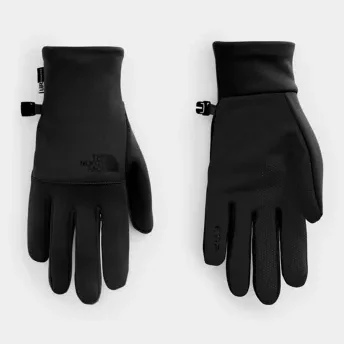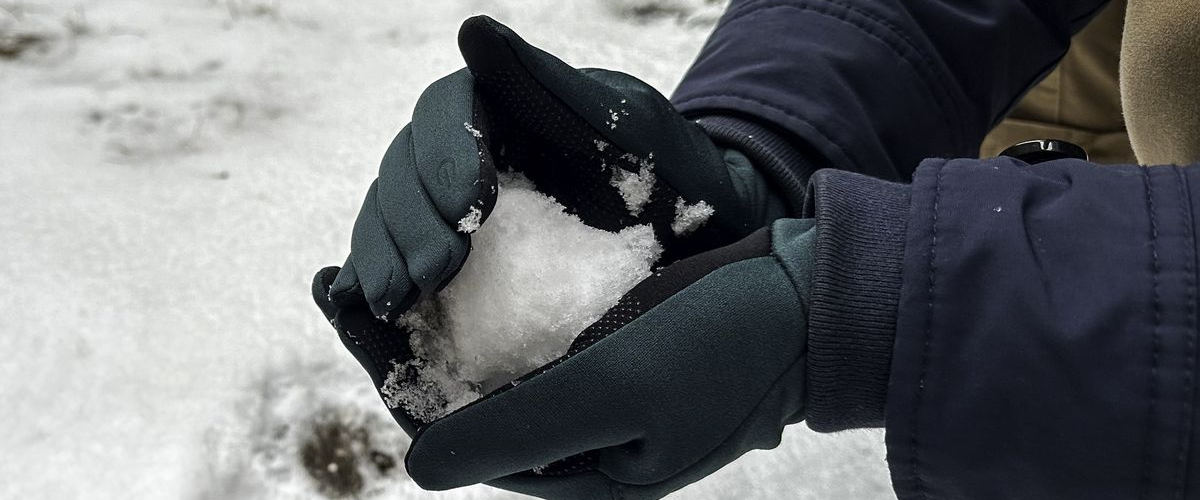
Snow sports encompass a range of activities conducted in snowy environments, widely loved by people all over the world. However, since these activities take place in extreme conditions, personal protective equipment is necessary to protect oneself, particularly the hands. Choosing the right gloves is crucial for protecting your hands from the harsh cold in such weather.
When selecting gloves, you first need to consider your specific sport. Generally, gloves for skiing and snowboarding require reinforced designs or wrist guards to protect fingers and palms from injury during falls. In contrast, gloves for curling and ice hockey need to be highly flexible, lightweight, and have a strong grip.
Each different sport requires different gloves to ensure your hands stay warm in cold, wet conditions.
Understanding the functional differences in gloves for various sports, let’s explore the various functionalities of gloves.
Gloves vs Mittens
Gloves
Gloves are more dexterous than mittens, making them suitable for fine activities such as handling equipment, adjusting boot buckles and zippers, and operating cameras or phones.

Mittens
While mittens are not as dexterous as gloves, they are warmer because the fingers are not separated, allowing them to share warmth. In extremely cold temperatures, mittens provide excellent protection for snow sports.

Hybrid Gloves
Some manufacturers combine gloves and mittens, sewing them together to feature an outer glove and an inner mitten. This design combines the dexterity of gloves with the warmth of mittens.
3 in 1 Gloves
Many manufacturers offer 3-in-1 gloves and mittens, which include an outer glove, a middle glove, and an inner glove. These detachable gloves are highly convenient and versatile, offering maximum warmth, and can be worn individually in warmer weather. The liner gloves are highly dexterous, allowing for detailed operations without exposing the skin to the cold.
You can purchase 3-in-1 gloves individually or as a set.
Insulation Materials for Gloves and Mittens
Typically, gloves and mittens use two basic types of insulation: down and synthetic fibers.
Down
Down is a special insulating material known for its excellent warmth and lightweight. It is durable and provides superior insulation by trapping and retaining a large amount of air due to its fluffy structure. Down is compressible and breathable, offering great thermal performance. Although down is more expensive than synthetic fibers, it maintains its warmth longer, making it a good long-term investment. However, down loses its insulating properties when wet, hence it is less commonly used in gloves and mittens compared to synthetic fibers.
Synthetic Fibers
Synthetic fibers are less expensive than down and maintain warmth even when wet. They also dry faster. However, synthetic fibers are less warm, heavier, and bulkier, and their insulation decreases with each compression.
Waterproofing of Gloves and Mittens
Gloves and mittens designed for snow sports usually feature a waterproof and breathable barrier to prevent rain and snow moisture from entering and to block cold air. The waterproof layer can be a membrane on the knit fabric, a lining between the outer layer and insulation, or a coating on the knit fabric.
Gore-Tex is a well-known waterproof breathable membrane material, valued for its excellent durability, waterproofing, and breathability, and is often used in high-performance outdoor gear. They are generally priced lower.
Tip: Even the most expensive, high-performance waterproof gloves and mittens can get wet. Therefore, avoid letting snow invade the inside of the gloves or mittens, and minimize sweating while wearing them.
Heated Gloves and Mittens
Heated gloves and mittens can be powered by batteries or USB charging, providing warmth even in the coldest winters. They typically include rechargeable lithium-ion batteries with adjustable temperature controls for customized hand warming. However, they are more expensive and bulkier than regular gloves.

Touchscreen-Compatible Gloves and Mittens
With the rapid development of information technology, many manufacturers produce touchscreen-compatible gloves and mittens. These allow you to operate smartphones or tablets without exposing your skin to the cold, avoiding frequent changes.

Sizing and Fit of Gloves and Mittens
Choosing the right size of gloves is essential for keeping your hands warm. Gloves that are too long, too short, too large, or too small can cause unnecessary trouble.
Properly fitting gloves or mittens should leave some space for movement, generally leaving about 1/4 inch at the end of the fingers when extended. Ensure that gloves do not feel too tight or restrictive when bending your fingers.
Summary
Gloves and mittens have various functions and features, with similarities and differences. The main choice depends on your needs, and finding the gloves that suit you best is ideal.
If you are interested in gloves, please contact us, and we will answer all your questions.
How to Measure Glove Sizes – Source: AIBON
Latex gloves– Source: AIBON
Safety gloves– Source: AIBON
Working gloves– Source: AIBON

